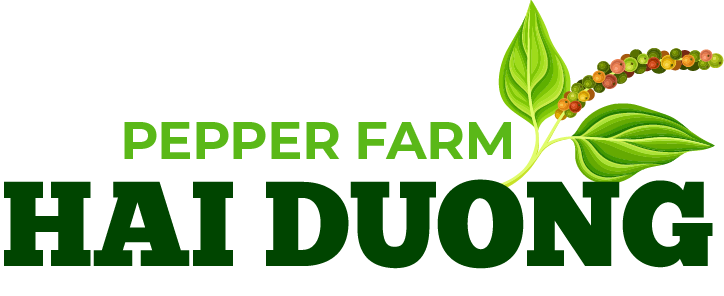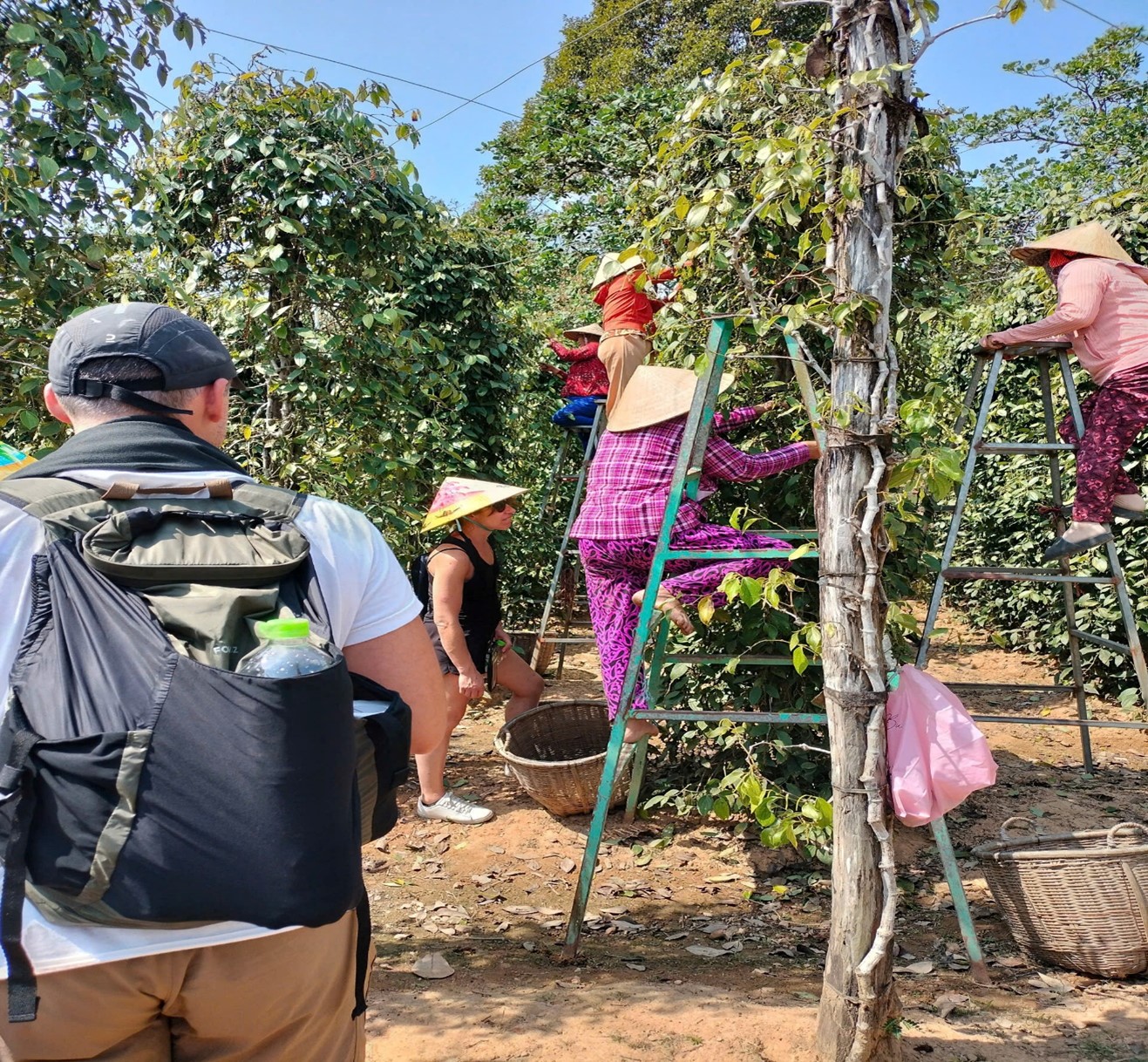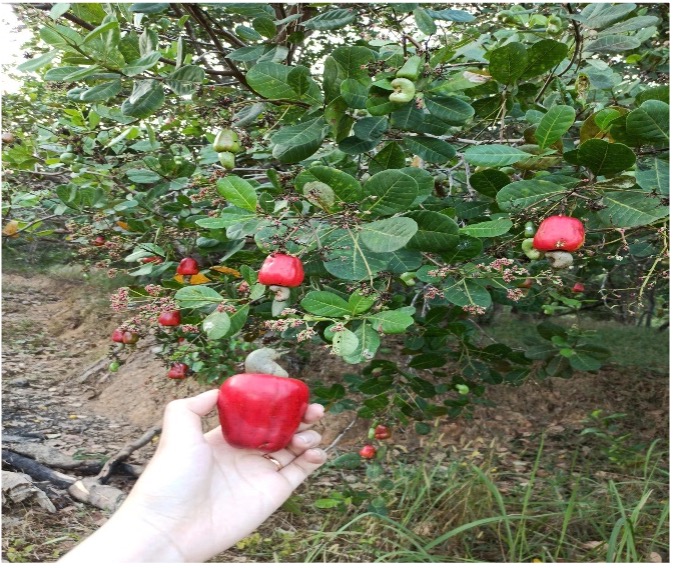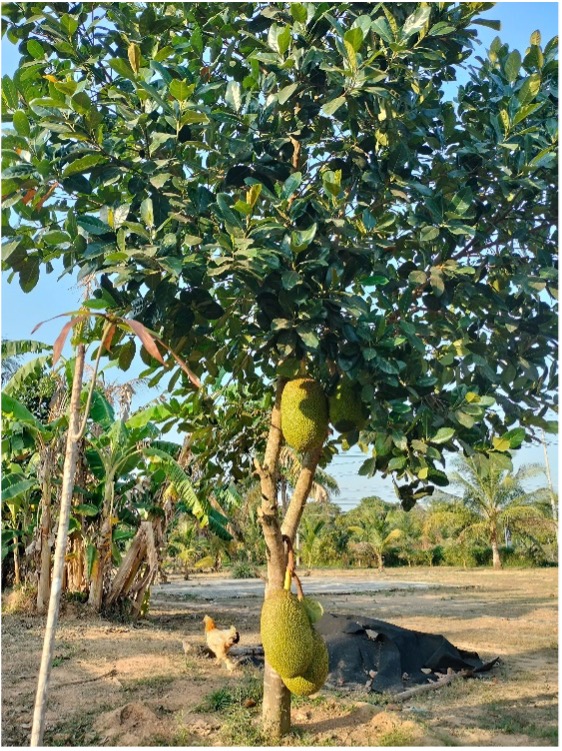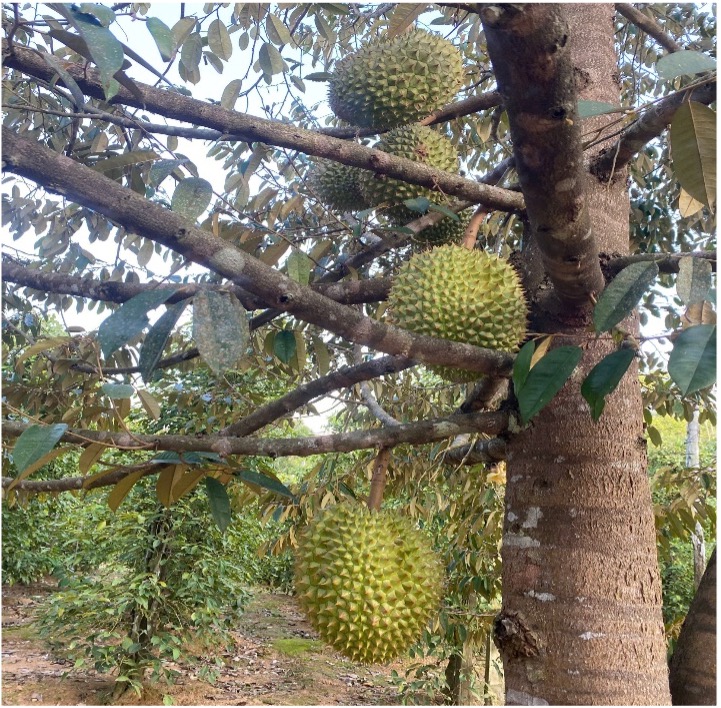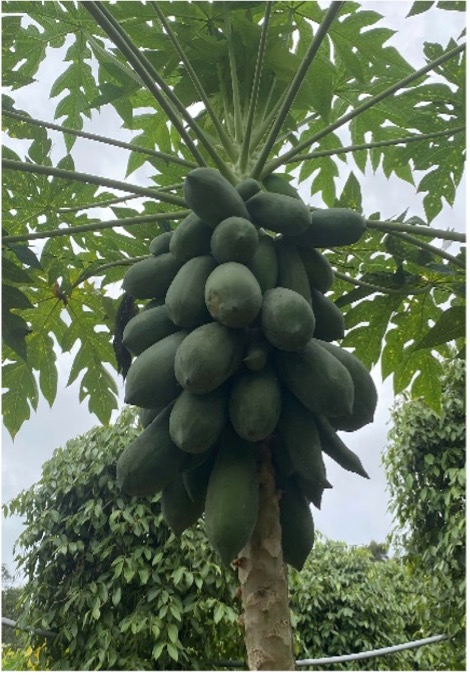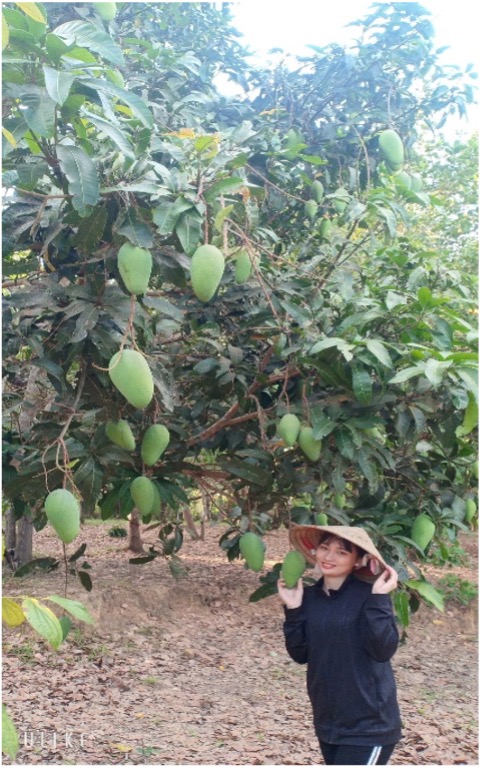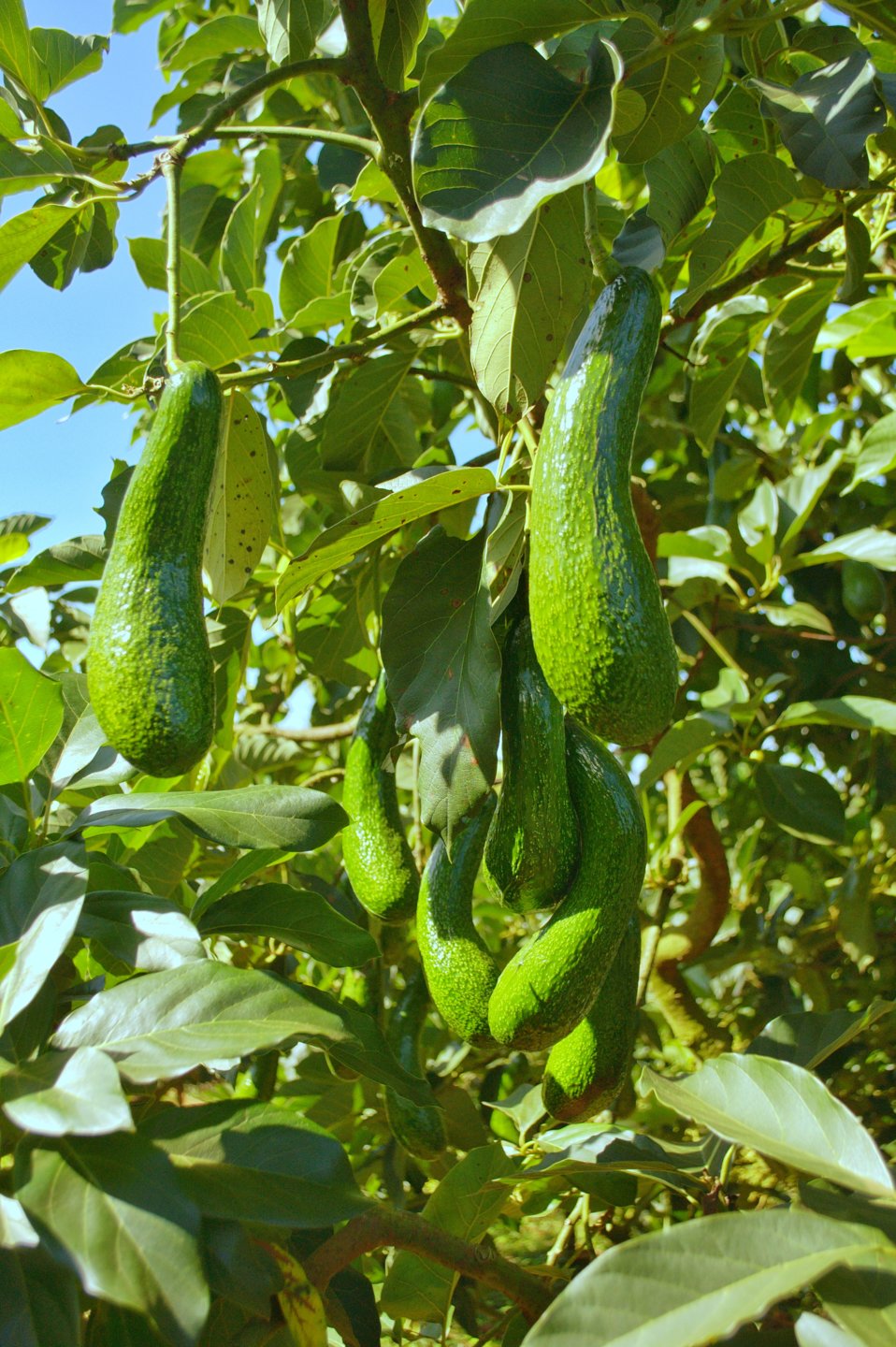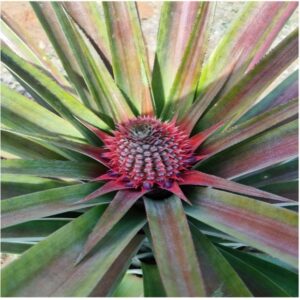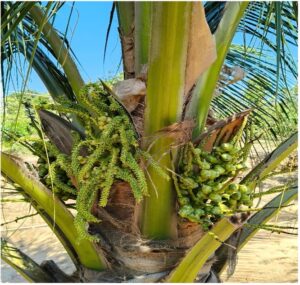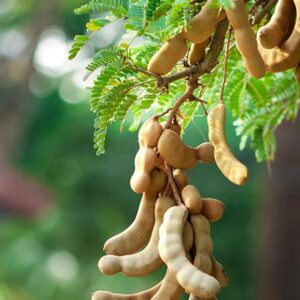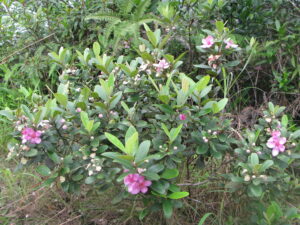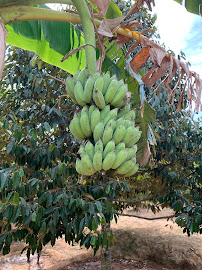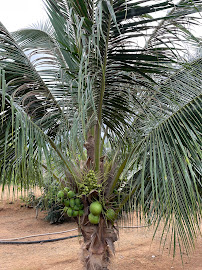From Grandfather’s Hands to Ours: A Pepper Story Across Generations
The pepper farm from our grandfather, located about 1 km from the current farm, was planted over 50 years ago, and then our father continued to cultivate it at the farm as it is now for more than 35 years.
The main source of income for our family has driven us to strive to grow more crops, and it’s hard to tell when the passion for pepper became inseparable from our family.
With natural farming methods refined over time, we seem to have perfected our approach, allowing the pepper plants to blend harmoniously with the natural environment here.
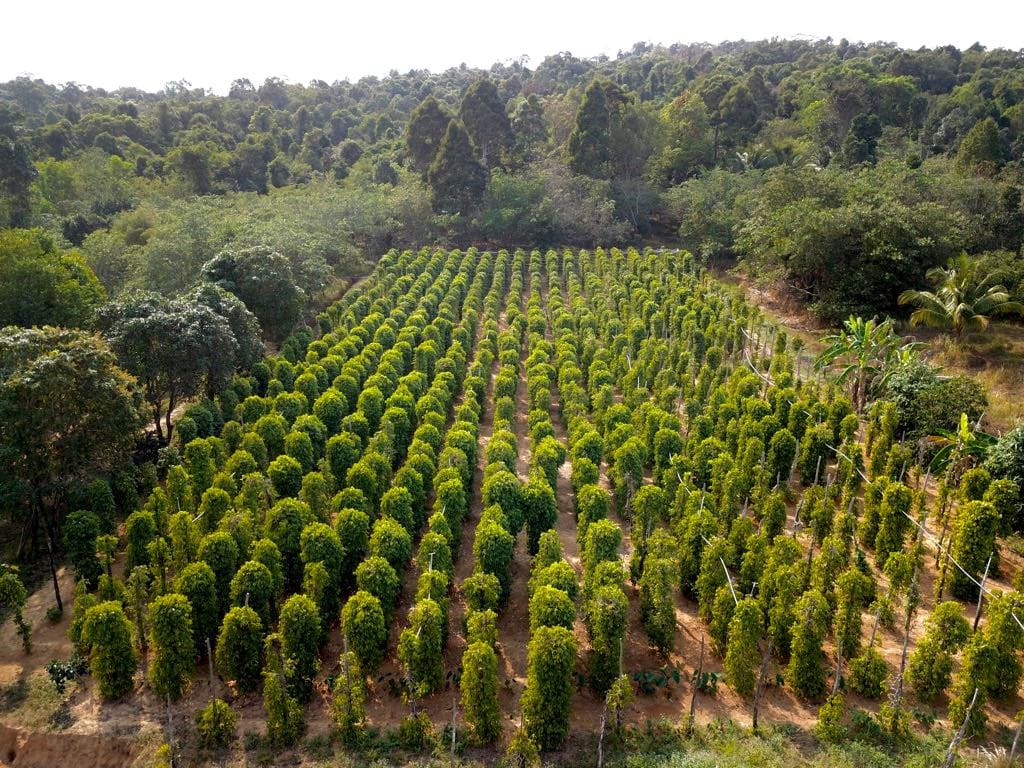
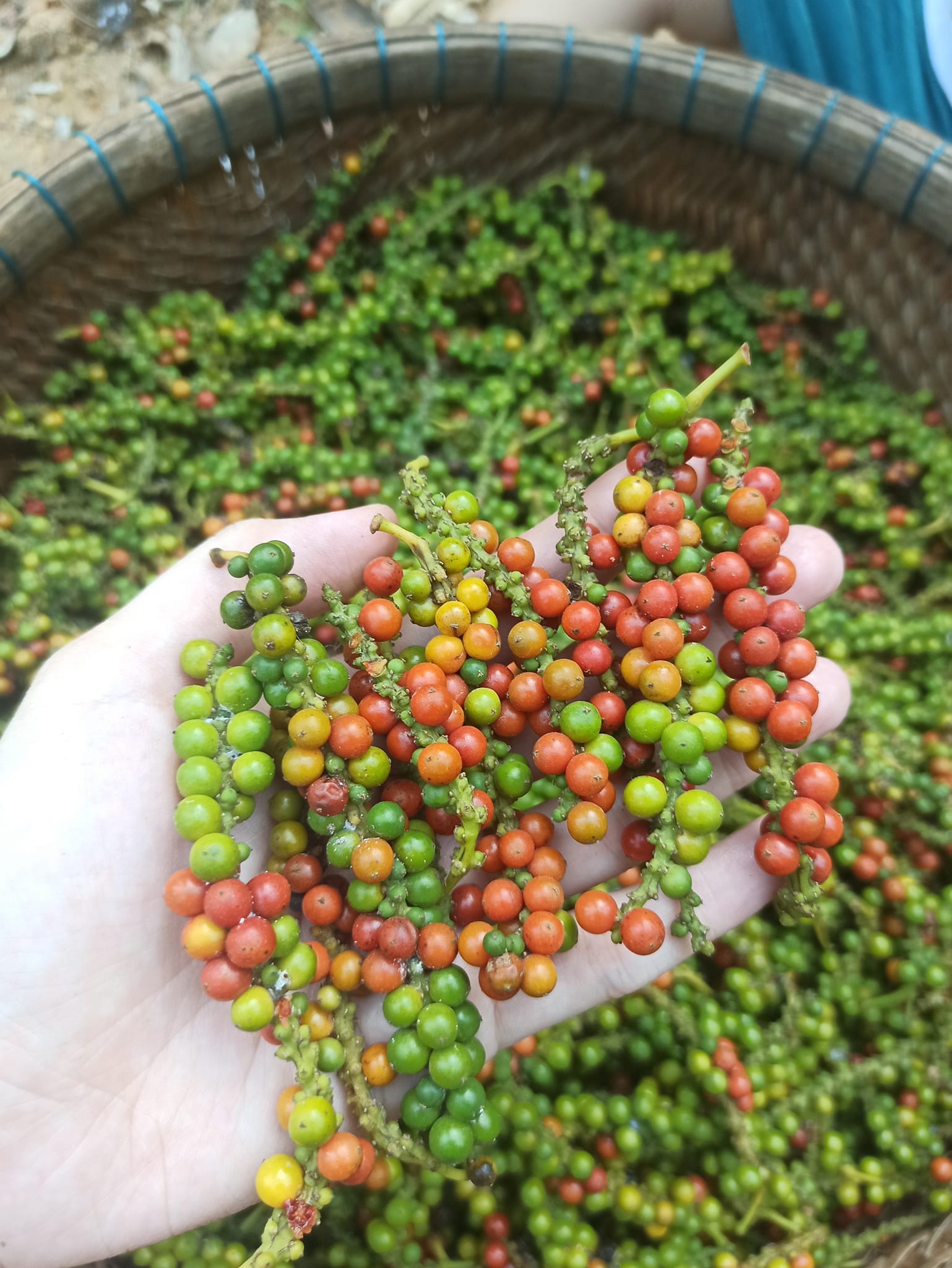
The Unique Taste of Phu Quoc Red Pepper
Phu Quoc pepper has a delicious, spicy flavor and is one of the essential spices in many dishes, including red pepper (Hồng tiêu), a special type of pepper from the local people here.
The reason it is special is that when you come and experience fresh red pepper, you will feel a slight sweetness from the outer red skin, and after drying, the skin will have a light sweet aroma and a strong spiciness from the inside.
From Red to Black to White: The Handcrafted Journey of Phu Quoc Pepper
The people of Phu Quoc harvest pepper in batches from mid-December of the lunar calendar until the end of March of the lunar calendar each year (depending on the year, the plants may bear fruit early or late), primarily using manual harvesting methods by hands.
With the meticulousness and extensive experience of the locals, we select ripe red peppers and large green ones of sufficient quality to dry naturally under the sun for 3 to 5 days, during which the peppercorns will change color.
The red peppercorns will turn into pink pepper, the green peppercorns will become black pepper. We soak the red peppercorns in water for 10 to 15 days to separate the red outer layer, resulting in white pepper (also known as “Sọ” pepper) inside.

